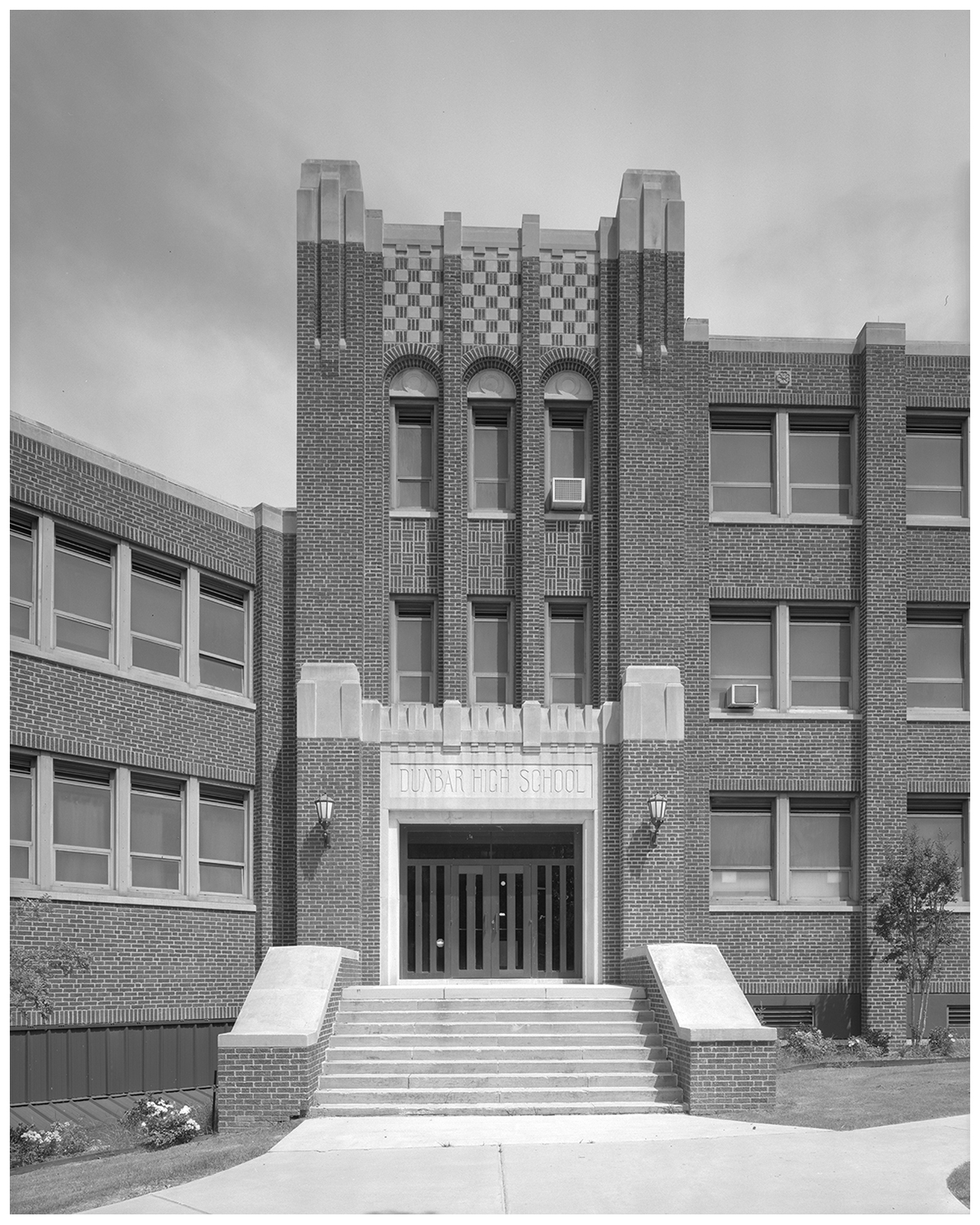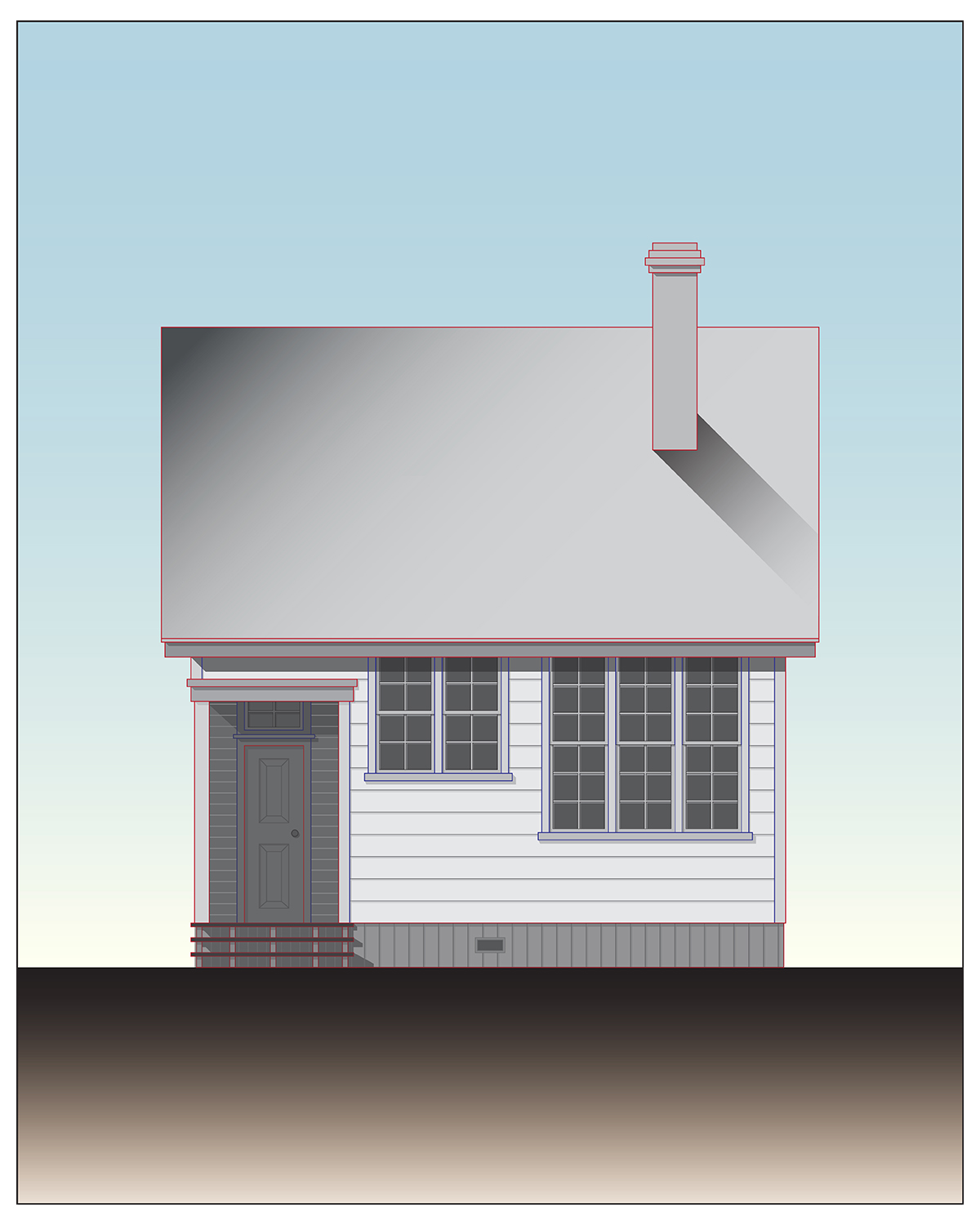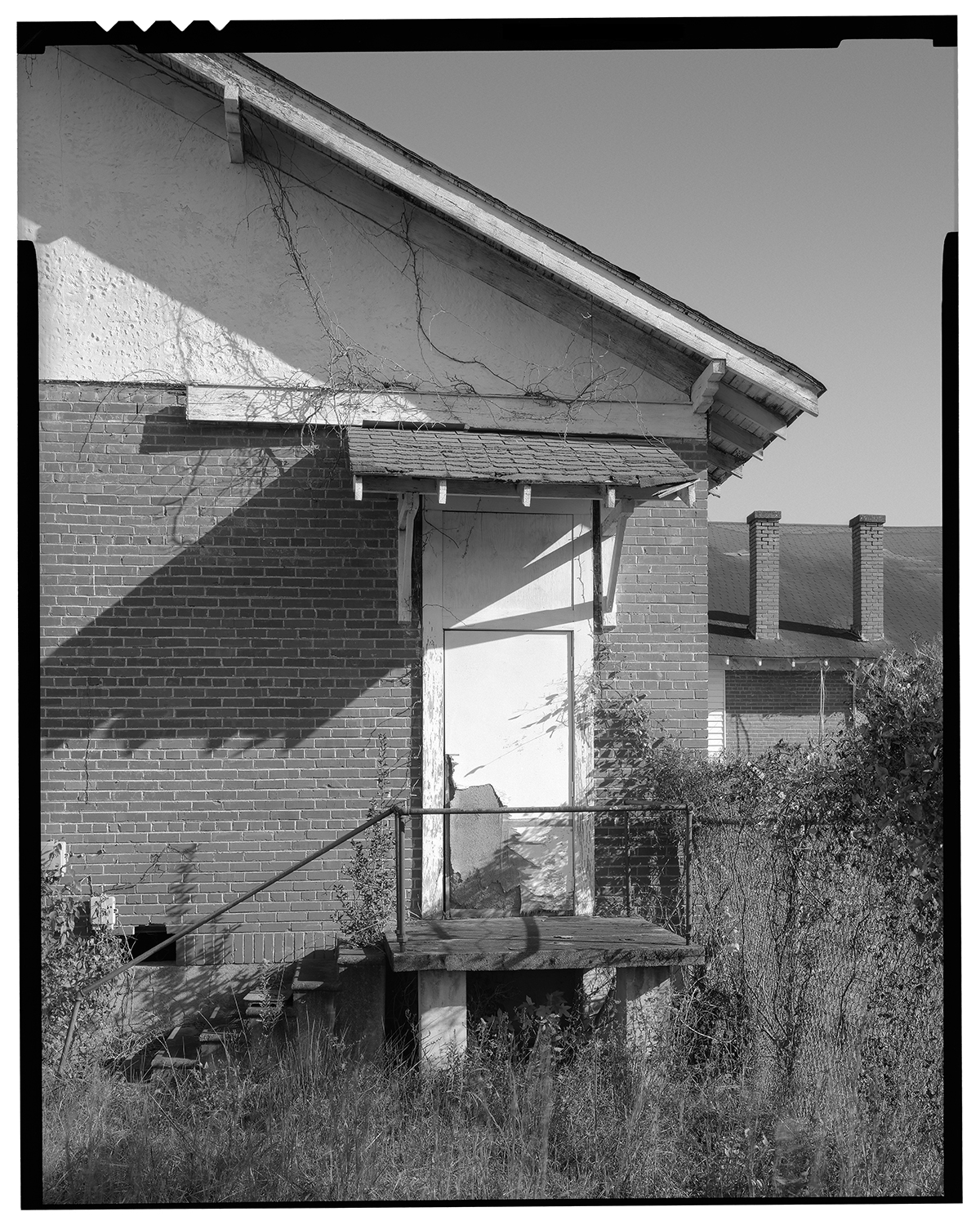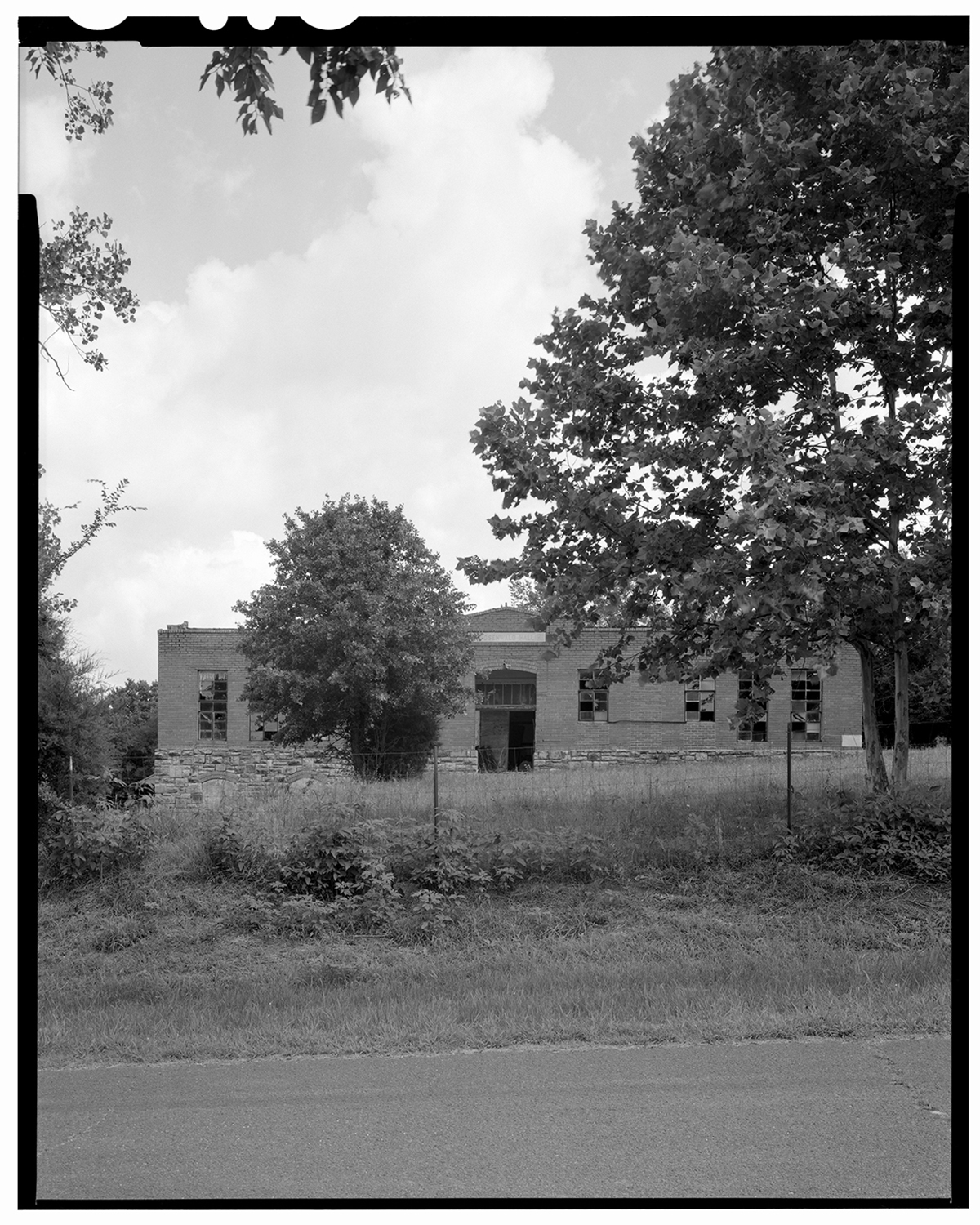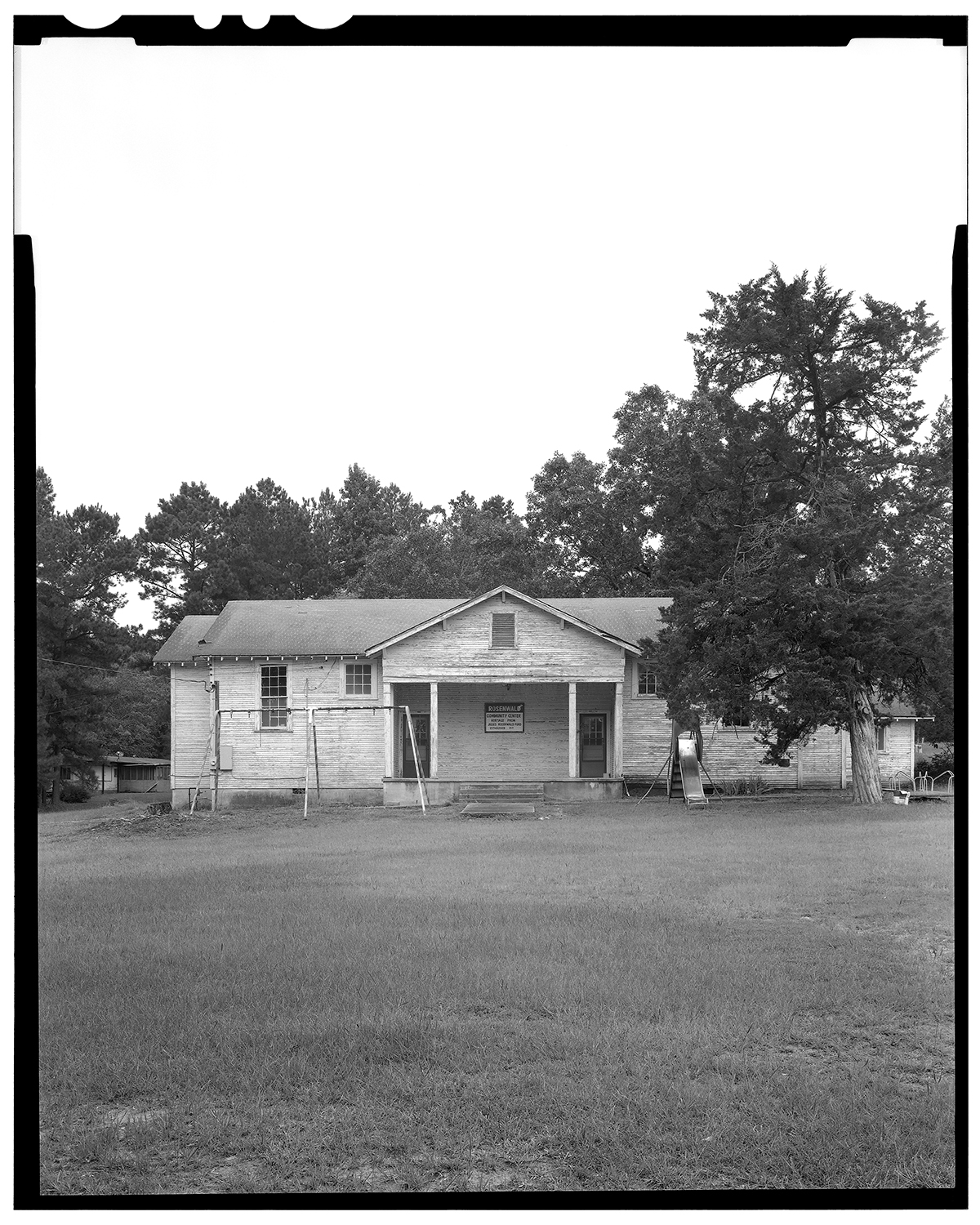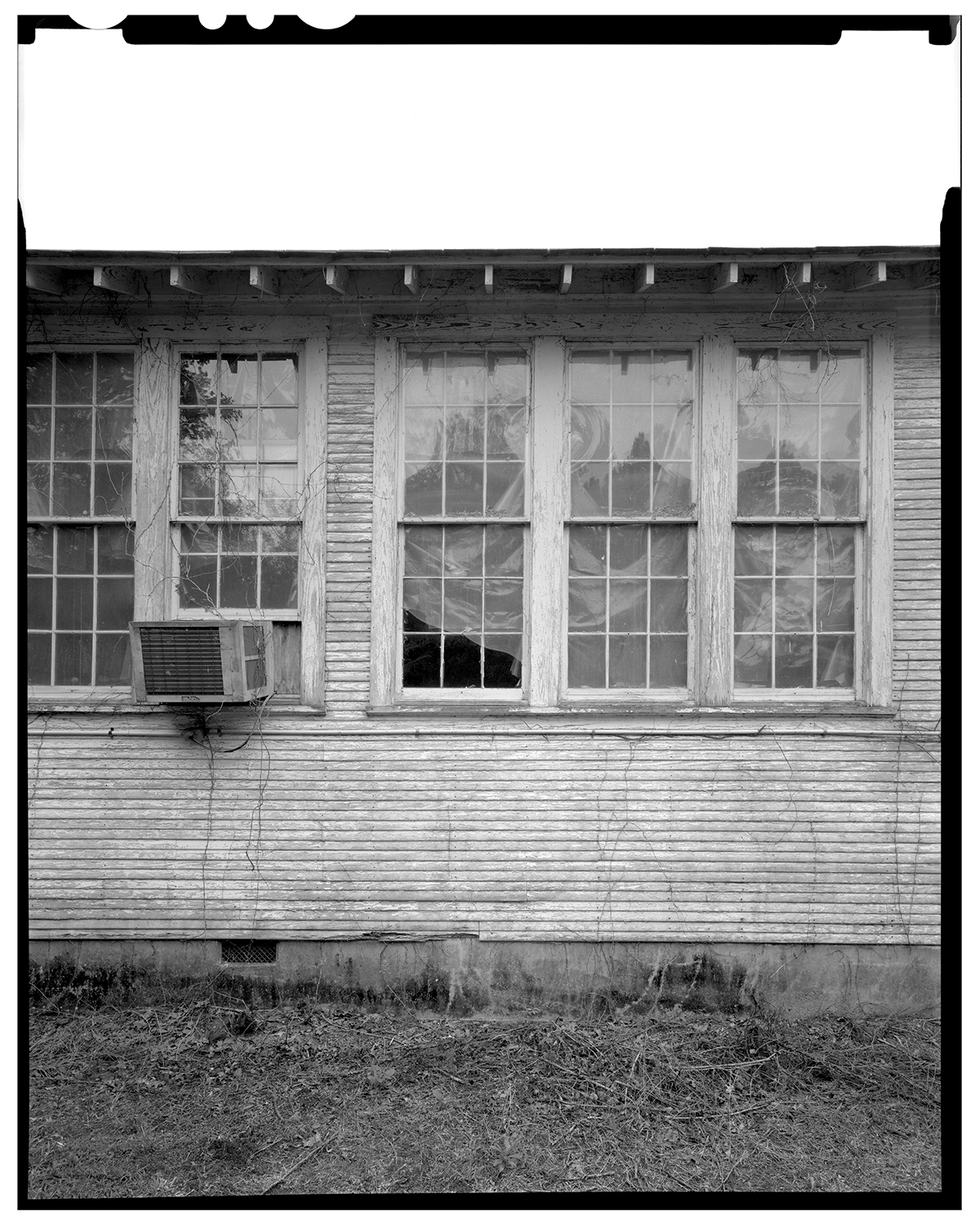Rosenwald Schools
Beginning in 1912, the Rosenwald school building program, under the auspices of Tuskegee Normal and Industrial Institute (now Tuskegee University), began a major effort to improve the quality of public education for African Americans in the South. This effort led to the establishment of the Rosenwald Fund. By 1928 one in every five rural schools in the South was a Rosenwald school; these schools housed one third of the region’s rural black schoolchildren and teachers. At the program’s conclusion in 1932, it had produced 4,977 schools, 217 teachers’ homes, and 163 shop buildings that served 663,625 students in fifteen different states.
